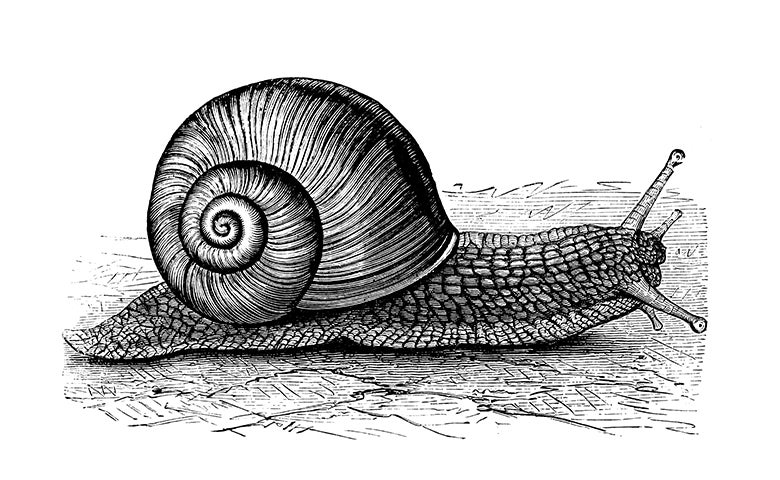< Back to Fall 2022 / Winter 2023
Cover Story
A Feast for the Senses
Ever turned a blind eye? Touched a nerve? Played it by ear? Smelled a rat? Been left with a bad taste in your mouth?
We have heard these idiomatic phrases so often that we take them for granted and yet if we stop for a moment to think about them, we realize the vital role our senses play in conveying meaning. After all, our senses are the conduit to how we experience and learn about the world — how it feels, tastes and smells, what it looks like and how it sounds — so perhaps it isn’t surprising that these references are so ingrained in our everyday language.
In this issue, we explore our principal senses — sight, hearing, taste, smell and touch — through the lens of our scholars’ teaching and research. But we don’t stop at five. Neuroscientists and philosophers now think we may have up to 33. We explore some of these lesser-known senses, along with the so-called “sixth sense,” altered states and visions. We also meet USC Dornsife mathematician Felicia Tabing who has synesthesia, a neurological condition that causes her to see numbers as particular colors. Tabing uses her synesthesia to inspire her art.
In writing about taste for this issue, I interviewed Karen Tongson, chair and professor of gender and sexuality studies, and professor of English and American studies and ethnicity, who uses Los Angeles as a laboratory to teach about food. The first task she sets her students is to reflect on their “Proustian moment” — their most memorable or meaningful taste and how it inspired them. Our conversation led me to think about my own defining taste moment. I was 14 and my father had taken me to London for the first time. For lunch one day we went to an old pub by the Thames — sawdust on the floor and scrubbed pine tables. On the menu were “escargots” (snails). I ordered them, curious about this impossibly exotic — and possibly disgusting — French delicacy. As the buttery, garlicky taste and oddly rubbery texture filled my mouth, I knew I was tasting another culture, another world that was larger and very different from my own, until then, sheltered existence in a small Scottish town. I knew then that that’s what I wanted: to live a bigger, wider, wilder life, to explore and taste all of it, in all its strange, diverse, exotic glory.
That day, I experienced an eye-opening feast for my senses; we hope that this issue provides you with a feast for yours. — S.B.
